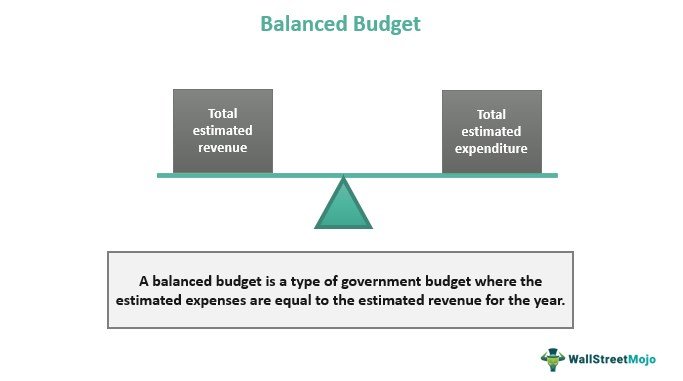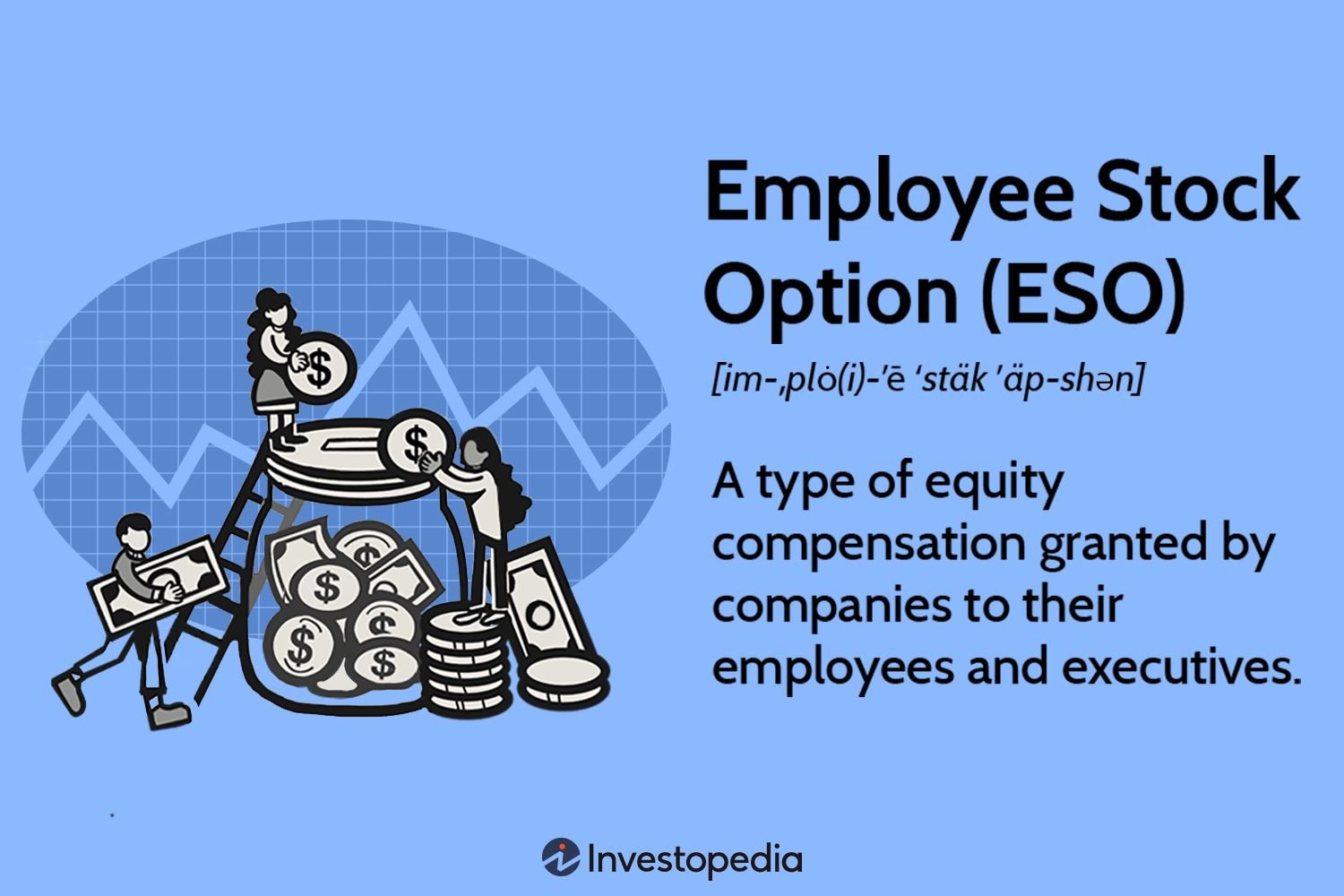Value investing is an investment strategy that focuses on buying undervalued stocks in the market. If you’re looking to understand the fundamentals of value investing, you’ve come to the right place. In this article, we’ll delve into the core principles that drive this strategy, empowering you with the knowledge to make informed investment decisions. By the end of this read, you’ll have a clear understanding of how value investing works and why it has been a successful approach for many investors. So, without further ado, let’s dive right in and explore the fascinating world of value investing.
Understanding the Fundamentals of Value Investing
Value investing is a popular investment strategy that focuses on identifying undervalued stocks in the market. It is based on the idea that the price of a stock can deviate from its intrinsic value, providing investors with an opportunity to buy stocks at a discount. By understanding the fundamentals of value investing, investors can make informed decisions and potentially achieve long-term financial success. In this article, we will explore the key concepts and principles behind value investing.
The Basics of Value Investing
At its core, value investing involves seeking out stocks that are trading below their intrinsic value. Intrinsic value refers to the true worth of a company, which can be estimated by analyzing its financials, future cash flows, and industry trends. By identifying stocks that are undervalued, value investors aim to generate returns by holding them until the market recognizes their true worth.
Value investing often requires a thorough analysis of a company’s financial statements, including its balance sheet, income statement, and cash flow statement. By assessing these financial indicators, investors can gain insights into a company’s profitability, stability, and growth potential. This analysis helps investors determine whether a stock is trading at a discount or is overpriced.
Key Metrics in Value Investing
When evaluating stocks, value investors typically consider several key metrics to assess their attractiveness. These metrics provide a quantitative framework for determining a stock’s value and include:
- Price-to-Earnings (P/E) Ratio: This ratio compares a company’s stock price to its earnings per share (EPS). A lower P/E ratio may indicate an undervalued stock, as investors are paying less for each unit of earnings.
- Price-to-Book (P/B) Ratio: The P/B ratio compares a company’s stock price to its book value per share. A lower P/B ratio suggests that the stock is trading below its accounting value.
- Dividend Yield: Dividend yield measures the annual dividend payout relative to the stock price. A higher dividend yield may indicate an undervalued stock, especially if the company has a consistent dividend payment history.
- Return on Equity (ROE): ROE shows how efficiently a company is generating profits from shareholders’ equity. Higher ROE values may indicate a company’s ability to generate strong returns.
- Debt-to-Equity (D/E) Ratio: The D/E ratio compares a company’s debt to its shareholders’ equity. A lower D/E ratio can indicate a more stable financial position and reduced bankruptcy risk.
By analyzing these metrics alongside other qualitative factors, such as a company’s competitive advantages and management quality, investors can gain a comprehensive understanding of the potential value in a stock.
The Value Investing Approach
Value investing involves a disciplined approach to investing, focusing on long-term value rather than short-term market fluctuations. Here are some key principles and strategies employed by value investors:
1. Patience and Long-term Focus
Value investing requires patience, as it may take time for the market to recognize the true value of a stock. Investors who adopt this approach understand that short-term price fluctuations do not necessarily reflect a company’s intrinsic worth. They are willing to hold onto undervalued stocks for an extended period, waiting for the market to catch up.
2. Margin of Safety
A core principle of value investing is the concept of a margin of safety. This refers to the difference between the estimated intrinsic value of a stock and its market price. By investing in stocks with a significant margin of safety, investors can minimize the risk of capital loss in case their valuation estimates are incorrect or unforeseen events impact the company.
3. Contrarian Thinking
Value investors often have a contrarian mindset, willing to go against the prevailing market sentiment. They see market pessimism as an opportunity to find undervalued stocks that others may be overlooking. This contrarian approach can lead to investments in out-of-favor sectors or companies facing temporary challenges.
4. Fundamental Analysis
Thorough fundamental analysis is a hallmark of value investing. It involves a detailed assessment of a company’s financials, competitive positioning, industry dynamics, and management quality. By delving into the company’s fundamentals, value investors aim to accurately estimate its intrinsic value and make informed investment decisions.
The Benefits and Risks of Value Investing
Like any investment strategy, value investing has its own set of benefits and risks. Understanding these can help investors make informed decisions and manage their expectations.
Benefits of Value Investing
- Potential for High Returns: Value investing can provide the opportunity to achieve significant returns by buying undervalued stocks and holding them until their value is recognized by the market.
- Lower Downside Risk: By investing in undervalued stocks with a margin of safety, value investors aim to reduce the risk of capital loss.
- Focus on Intrinsic Value: Value investing encourages investors to focus on a company’s fundamental value, rather than short-term market fluctuations, fostering a long-term investment perspective.
- Contrarian Opportunities: The contrarian nature of value investing allows investors to uncover hidden gems that the broader market may be neglecting.
Risks of Value Investing
- Long Holding Periods: Value investing requires patience and a willingness to hold onto investments for extended periods. This may limit liquidity and tie up capital for longer periods than other investment strategies.
- Value Traps: Not all undervalued stocks turn out to be good investments. Some may be experiencing long-term decline or facing fundamental challenges that cannot be easily overcome.
- Psychological Challenges: Value investing can test an investor’s resolve, as buying stocks that are out of favor may go against prevailing market sentiment.
- Market Timing: Timing the market and accurately identifying undervalued stocks can be challenging, as stock prices are influenced by various factors and can fluctuate rapidly.
Value investing is a time-tested investment strategy that focuses on identifying undervalued stocks based on their intrinsic value. By conducting thorough fundamental analysis and employing a patient, long-term approach, value investors aim to capitalize on market inefficiencies and generate significant returns. While value investing offers potential benefits, it is not without its risks. Investors should carefully consider their risk tolerance, conduct thorough research, and consult with financial professionals before making any investment decisions.
How I Research Stocks – Step-by-Step Fundamental Analysis
Frequently Asked Questions
Frequently Asked Questions (FAQs)
What is value investing?
Value investing is an investment strategy that involves identifying undervalued stocks or assets in the market. It focuses on purchasing these assets at a price lower than their intrinsic value, with the expectation that their value will eventually rise.
How does value investing differ from other investment strategies?
Unlike other strategies that focus on short-term market trends or speculation, value investing focuses on the long-term intrinsic value of an asset. It emphasizes fundamental analysis to determine an asset’s true worth rather than relying on market sentiment or price fluctuations.
What are the key principles of value investing?
The key principles of value investing include conducting thorough fundamental analysis, investing with a margin of safety, having a long-term perspective, and being patient and disciplined in the investment process.
What is fundamental analysis?
Fundamental analysis is the process of evaluating a company’s financial health, including its earnings, assets, liabilities, and overall business performance. It involves studying financial statements, analyzing industry trends, and assessing the company’s competitive advantage to determine its intrinsic value.
How do value investors identify undervalued stocks?
Value investors use various metrics such as price-to-earnings (P/E) ratio, price-to-book (P/B) ratio, and dividend yield to identify undervalued stocks. They look for stocks that have solid financials, low market price compared to intrinsic value, and potential for future growth.
Is value investing suitable for everyone?
Value investing requires patience, research, and a long-term investment horizon. It may not be suitable for individuals seeking quick returns or those with a high-risk tolerance. However, for investors who prioritize long-term wealth accumulation and are willing to dedicate time to research and analysis, value investing can be a prudent strategy.
What are the potential risks of value investing?
While value investing can be rewarding, it is not without risks. Some potential risks include prolonged periods of underperformance, market downturns affecting undervalued stocks, and the possibility of misjudging a company’s intrinsic value. It is important for investors to thoroughly evaluate their investments and diversify their portfolios to mitigate these risks.
Can value investing be applied to other asset classes besides stocks?
Yes, value investing principles can be applied to other asset classes, such as bonds, real estate, and commodities. The key is to identify undervalued assets and purchase them at a price lower than their intrinsic value. However, the specific methods of analysis may vary depending on the asset class.
Final Thoughts
Understanding the fundamentals of value investing is crucial for investors seeking long-term financial success. By focusing on the intrinsic value of a company and its potential for growth, value investors can make informed decisions and capitalize on undervalued securities. By conducting thorough research, analyzing financial statements, and assessing market trends, investors can identify opportunities that offer a margin of safety. Patience and discipline are key in this approach, as it may take time for the market to recognize the true value of a company. By staying informed and continuously learning, investors can develop a solid foundation in value investing and enhance their investment skills. Understanding the fundamentals of value investing empowers investors to make prudent decisions and navigate the complexities of the market.



